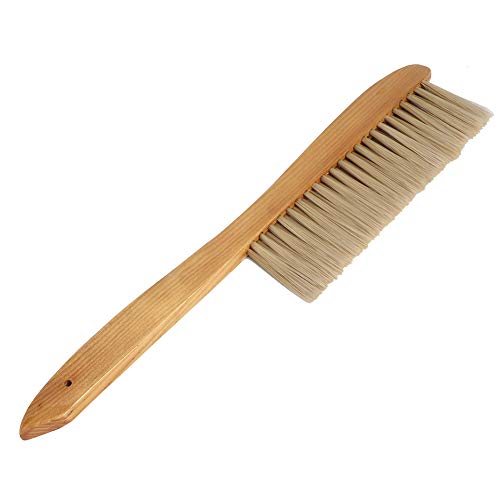- Joined
- Jul 23, 2009
- Messages
- 36,888
- Reaction score
- 17,522
- Location
- Ceredigion
- Hive Type
- 14x12
- Number of Hives
- 6
Stood and scratched my head today!
6 days after I nuc’d the queen I removed all unwanted queen cells and left my chosen one.
3 days later I was checking another colony and thought I’d just check the queen cell.
More queen cells there. They were all rubbish ones but nevertheless....
So the frames were shaken free if bees to get every single one........again!
I got to the marked queen cell and ooops........open
The queen cell I left 9 days ago was 2 days off being sealed.
Oh well..... at least I still have the nuc’d queen
6 days after I nuc’d the queen I removed all unwanted queen cells and left my chosen one.
3 days later I was checking another colony and thought I’d just check the queen cell.
More queen cells there. They were all rubbish ones but nevertheless....
So the frames were shaken free if bees to get every single one........again!
I got to the marked queen cell and ooops........open
The queen cell I left 9 days ago was 2 days off being sealed.
Oh well..... at least I still have the nuc’d queen



















































